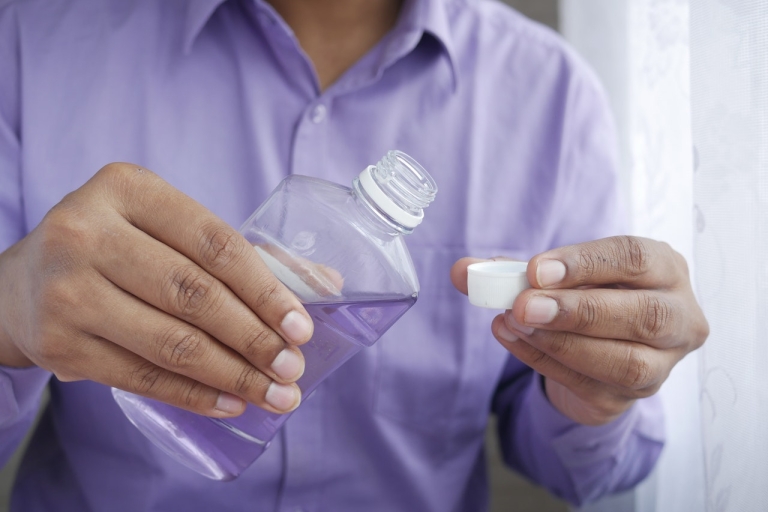Our hygienists at Floss Dental Boutique are asked a lot of questions about the proper use of mouthwashes in patient’s at-home oral health regimen. While mouthwash is a very common product that can be found at any grocery or drug store, the large variety can sometimes be more confusing than helpful. Hopefully we can offer some tips and guidance to make your choice easier. Now let’s determine which of these statements are true, and which get chalked up to dental myths.
If I use mouthwash, I don’t have to brush twice a day – MYTH!
This is probably an easy one for most of you, but let’s discuss this in more detail. While it is always recommended to brush your teeth twice daily (for two minutes with a soft brush), mouthwash can be a helpful adjunct to your normal brushing schedule. Mouthwash can be particularly effective if circumstances prevent you from completing two brushings in a day. While not a replacement, it is certainly better to decrease harmful bacteria and loosen food debris with mouthwash then to do neither at all. Mouthwash can also be a helpful addition after meals, in between normal brushing. This will provide the benefit of minimizing breath odors from meals as well.
I don’t need mouthwash if my toothpaste has fluoride in it – MYTH!
Mouthwash can reach areas of your teeth and mouth that are unable to be cleaned with a brush or floss. Those areas that are prone to decay and not able to be reached by fluoride toothpaste can be helped significantly by swishing with fluoride mouthwash. Patients in areas that do not have fluoridated water can benefit even more by instituting mouthwash into their preventative treatment plan.
Alcohol-free mouthwash is the preferred option to use – TRUE!
While some people believe strongly that the burn of alcohol-based mouthwash makes it more effective, there is a little more to it. That burning sensation will kill harmful bacteria in the mouth very effectively, but it also kills helpful bacteria in the mouth as well! The oral microbiome is an important part to overall mouth hygiene and fresh breath, and alcohol-free mouthwash tends to kill more harmful bacteria instead. The drying effect of alcohol-based mouthwash makes it a problem in patients with xerostomia (dry mouth) and can worsen tooth decay. Alcohol-free options are also particularly beneficial in patients with a history of alcohol dependence or those with high oral cancer risk.
I know when I should use mouthwash because I read the directions on the label – MYTH!
This one is unfortunate, and I hope we can clarify the misinformation out there. It is very common for patients to brush, floss and then use a final mouthwash rinse at the end. When reading the labels of most mouthwashes, they usually only give guidance on amount, duration of rinse, and how many times a day you should use their product. If you use a fluoride toothpaste, you should NOT use mouthwash for AT LEAST 30 minutes after. The fluoride in the toothpaste you use is often several times the amount present in fluoride mouthwash. Mouthwash rinsing after brushing will remove the beneficial fluoride paste and leave it with less fluoride available for strengthening teeth. A better option is to use mouthwash BEFORE brushing, which will allow treatment of the areas not touched by your toothbrush at all.
We hope that you found these tips helpful in building your oral health knowledge base, and as always, please feel free to bring your questions to our hygienists or Dr. Holloway at your next appointment.





